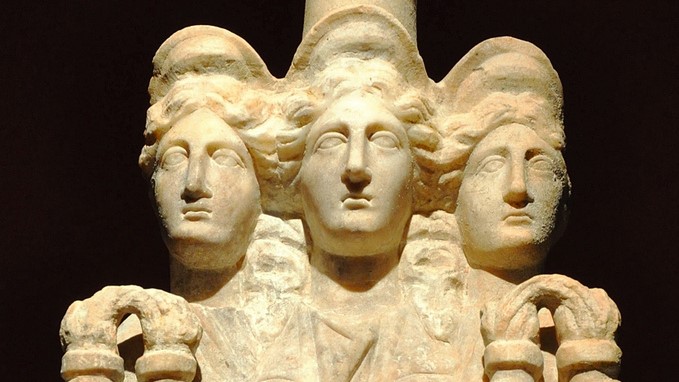What follows is an ancient theurgic visualisation method devised by the neo-platonic philosopher Plotinus. I have modernised it and added a few things to make it more practical. It is important because it links our techniques and those of antiquity.
Place a statue or picture of the god on the altar with a tealight before it. Perform an invoking pentagram. Purify and consecrate as the 0=0. Light the candle and invoke the god using the normal method.
Visualise yourself in a crystal ball with the night sky reflected in it.
Then visualise yourself as being within that universe. You should see planets, stars and know that this is your universe. You are a soul at the centre of the shining universe.
Vibrate the word IAO which calls down the light into your universe. As you vibrate it, allow the universe to fade and melt into the light. The mass of the universe dissolves.
Now invite the god into your universe, not as something small but as something which fills the whole sphere. Chant its name or proper barbarous name of power until it can be seen and felt within your sphere.
Then you can communicate. When you have finished, open your eyes, focusing on the statue or picture and be aware that the god is with you in your sphere of sensation.
Close with the cabbalistic Cross.
For those who want to know what this is based on it is:
‘9. Then let us grasp this world by means of discursive reason, with each of its parts remaining what it is without confusion, brought into one whole “all together,” as far as is possible, so that when any one part appears, for example the sphere which is outside the world, there immediately accompanies it a representation of the sun as well, together with the other stars; and the earth, sea and all living creatures are seen, just as everything could in fact be seen in a transparent sphere. Let there be in your soul a luminous representation of a sphere, containing in it everything whether moving or still, in fact definitely what is both moving and what is still. And while you keep hold of this representation take another beside you [into your self], but with the mass removed. And remove both the places and the image of matter in yourself; and do not be tempted to take another sphere that is smaller than it in mass, but call on the god who made the sphere whose image you have and pray for him to come. May he come, bringing his own world with all the gods which are within it, he who is one and all; and each of them is all coming together in one; they are different powers, but all are one by that single multiple power. Rather, the one is all; for he himself is not deficient by the fact that all those gods come into existence, They are all together and each is separate as well in a non-spatial fixity since none has any perceptible shape – if it did one would be here and another there, and each would not be the whole in itself; nor does any have parts different from other parts or from itself [as a whole]; nor is each like a power that has been cut up and is co-extensive with the enumerated parts, but each one is the entire power, extending to infinity and powerful to infinity. And that god is so great that even his parts are infinite, for where can you name anything that he has not already reached?. …’
